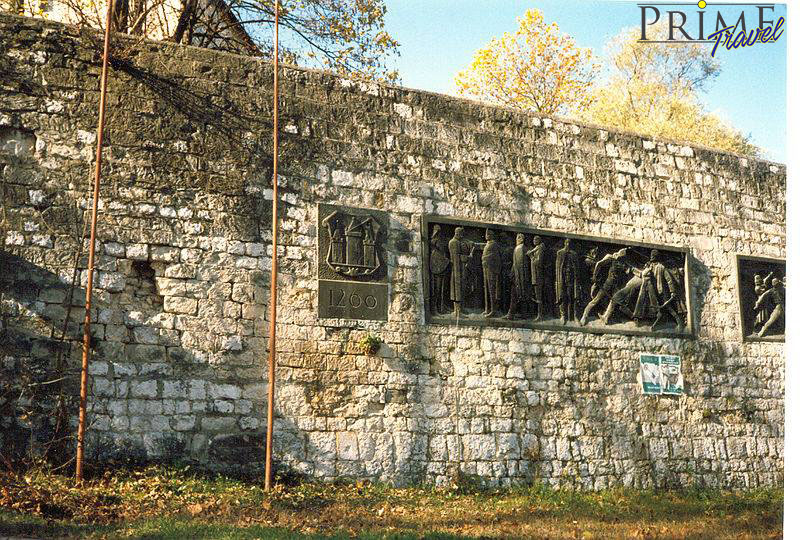
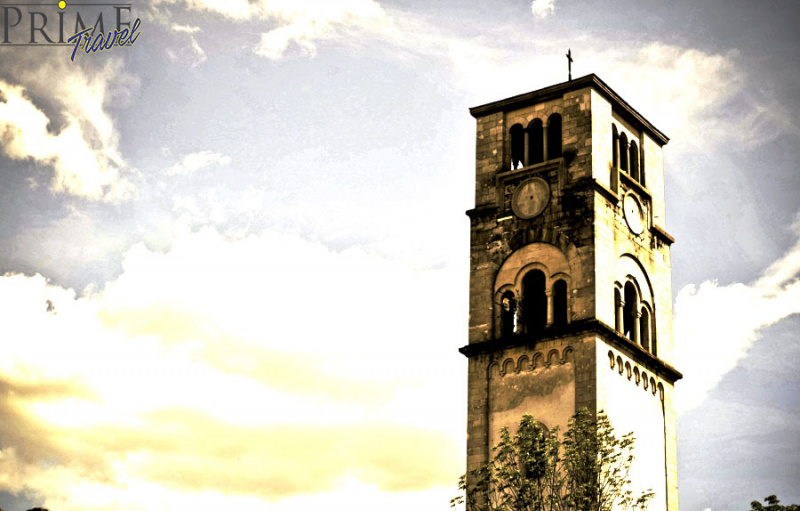
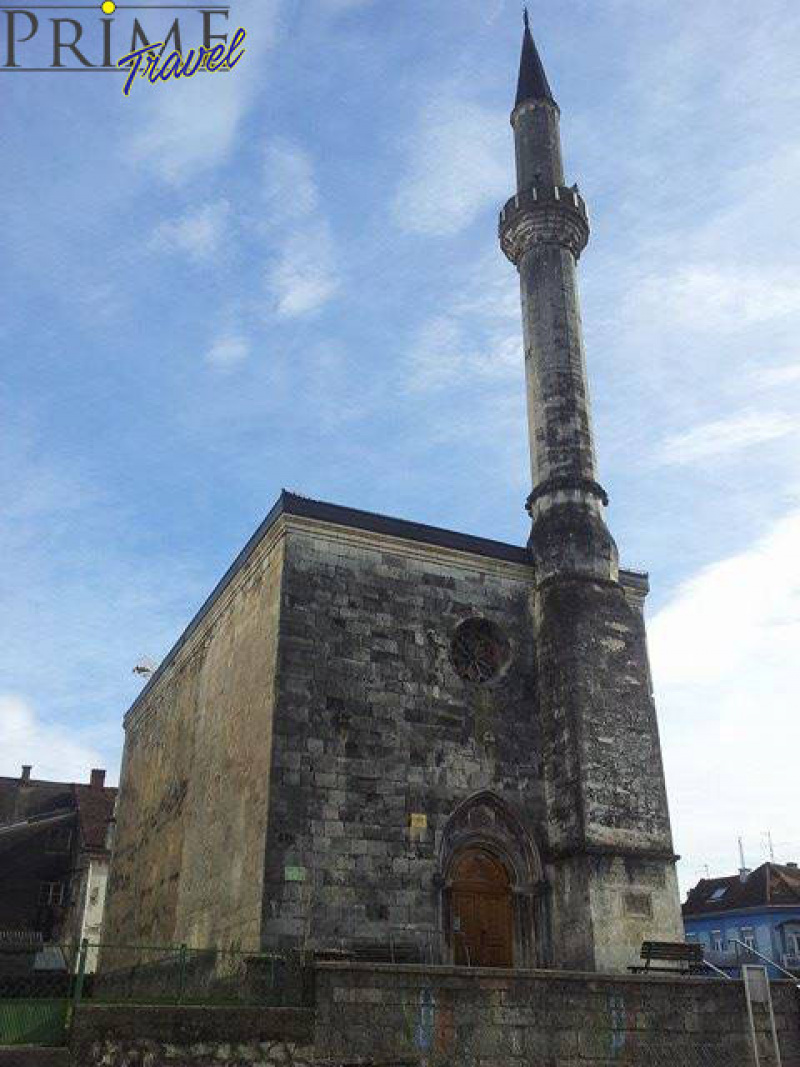
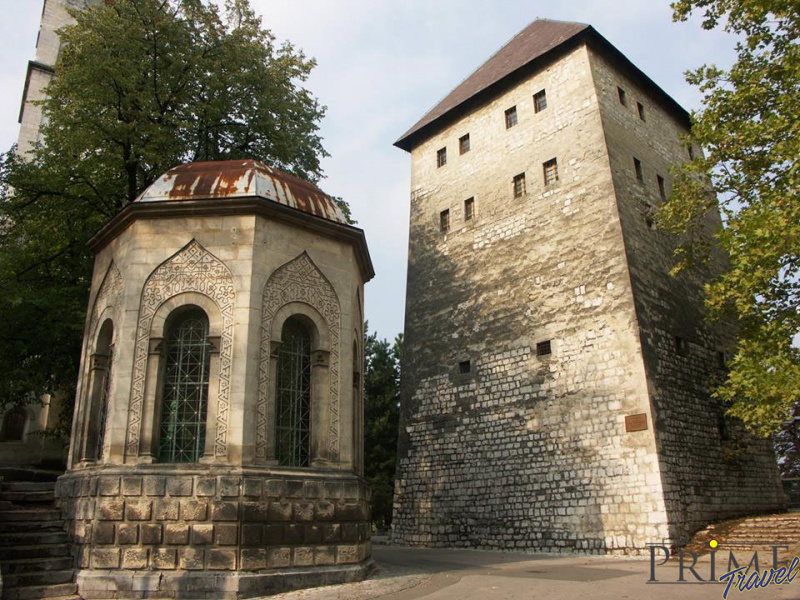
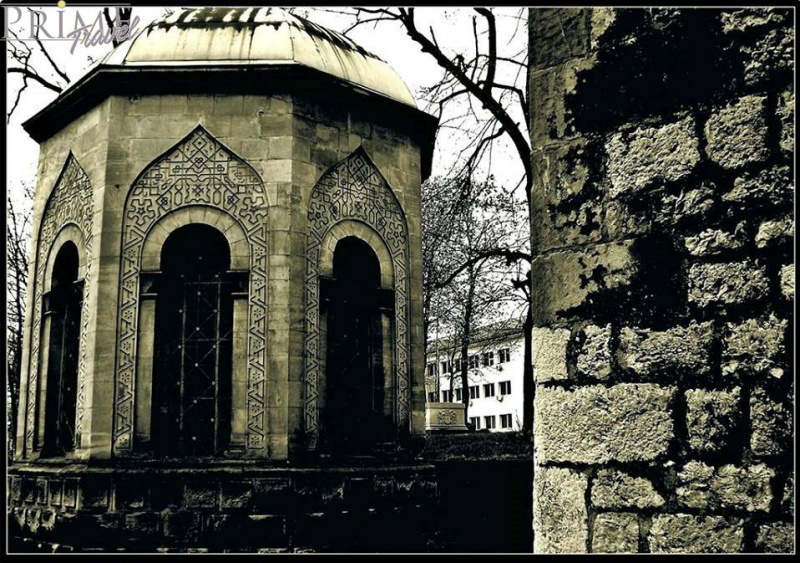
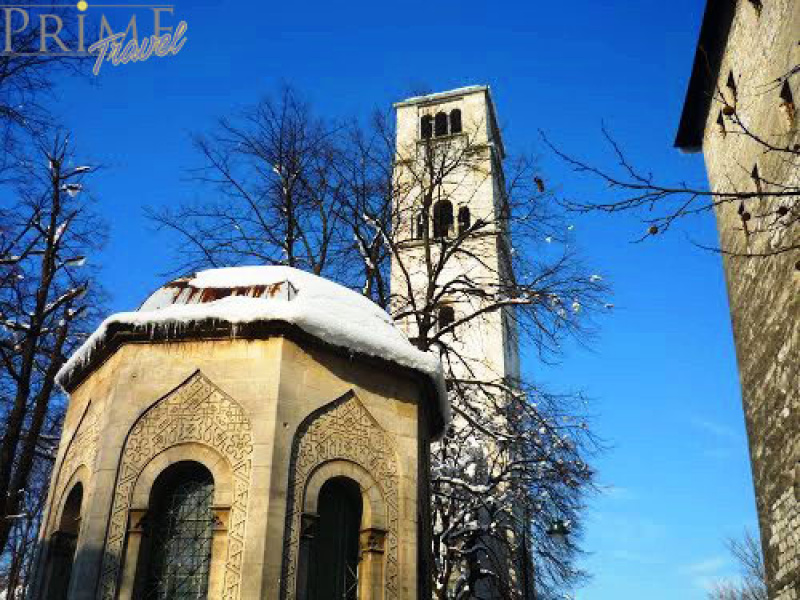
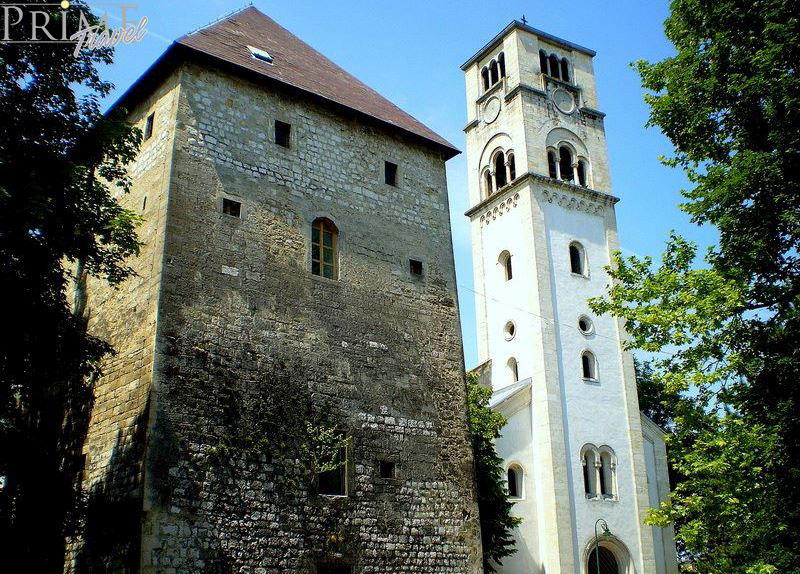
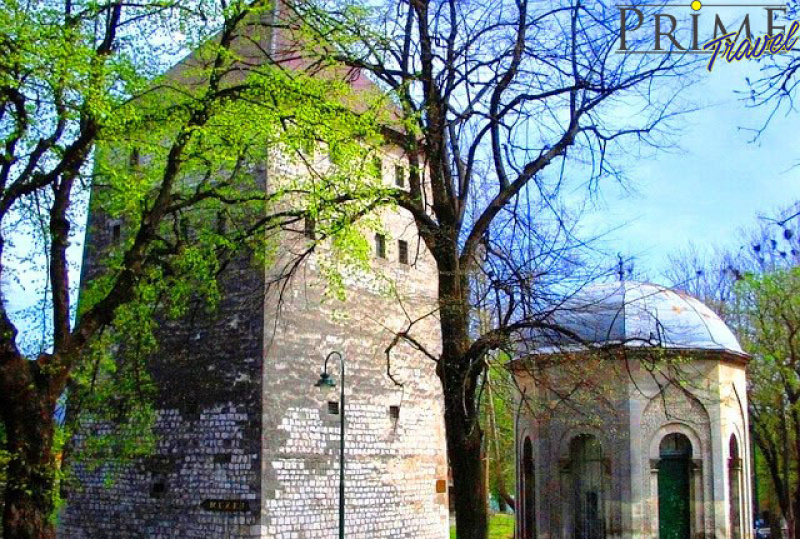
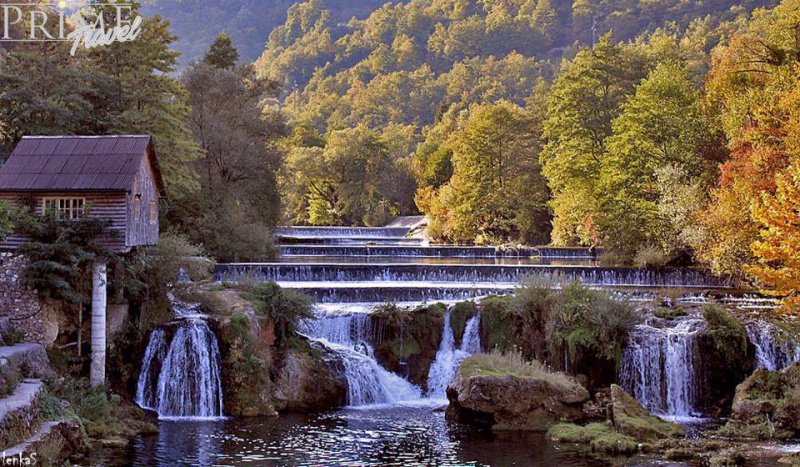
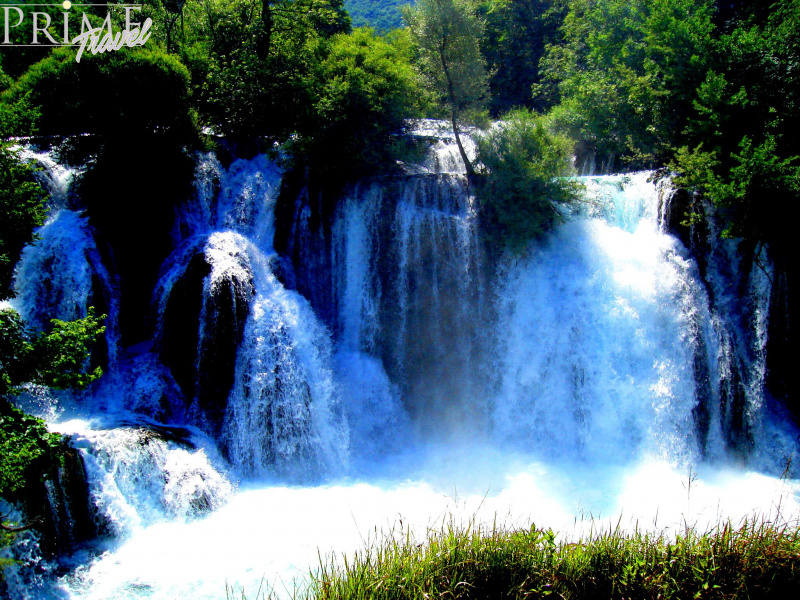
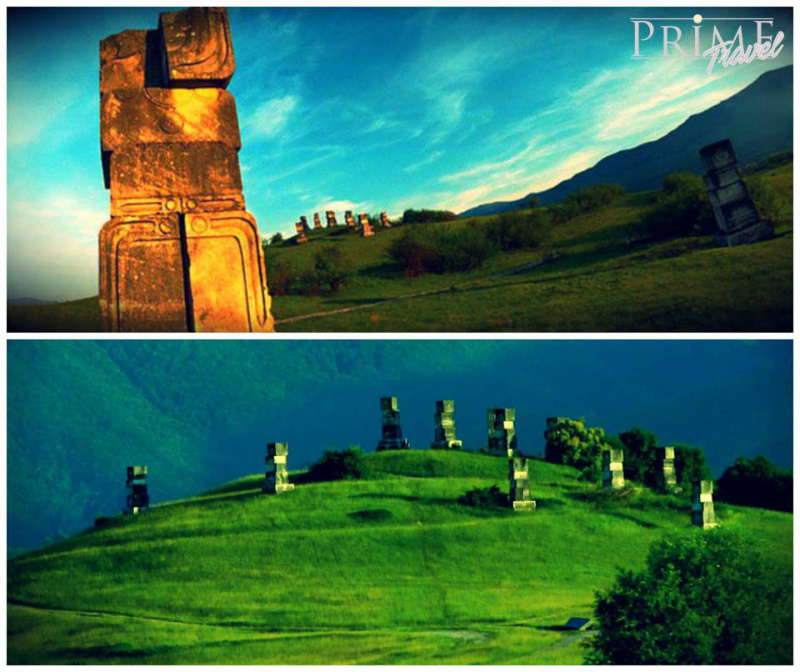
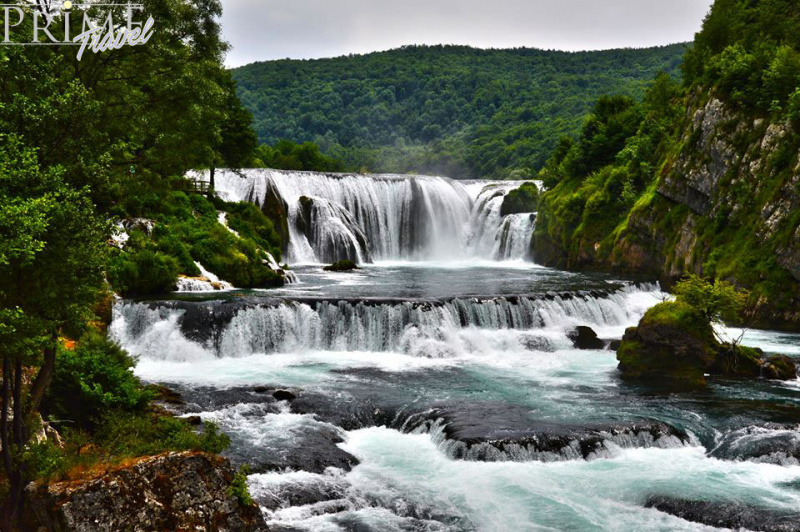
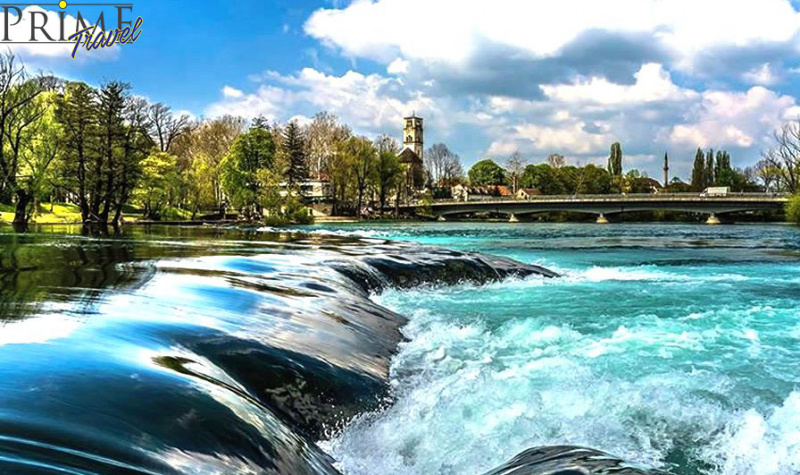

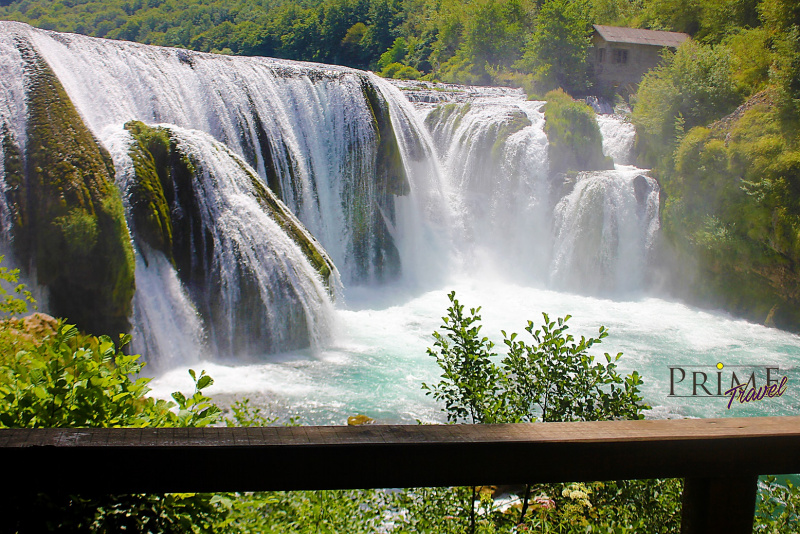
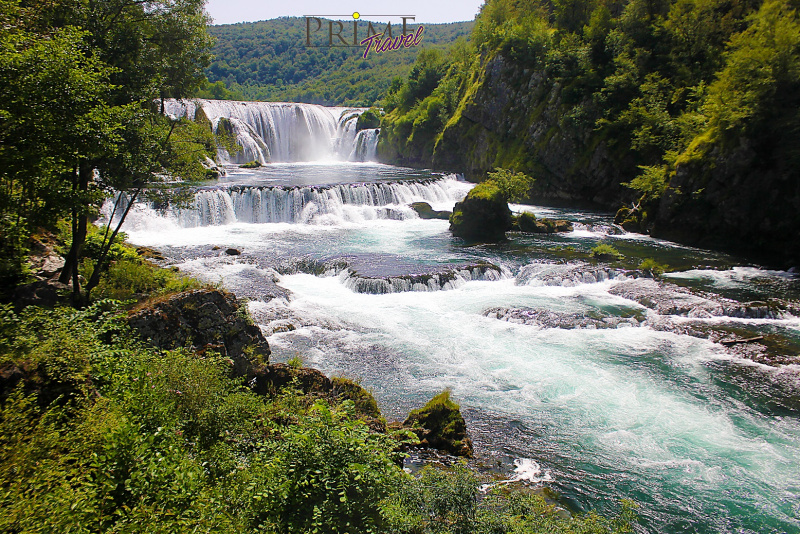
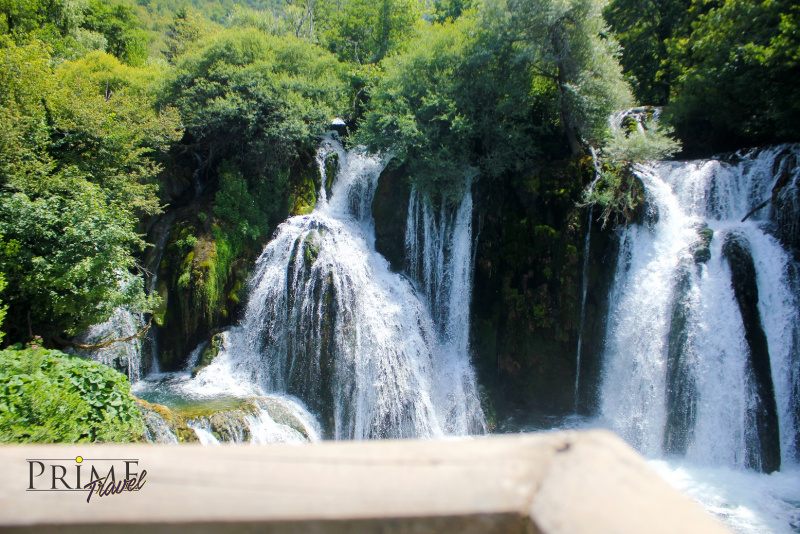
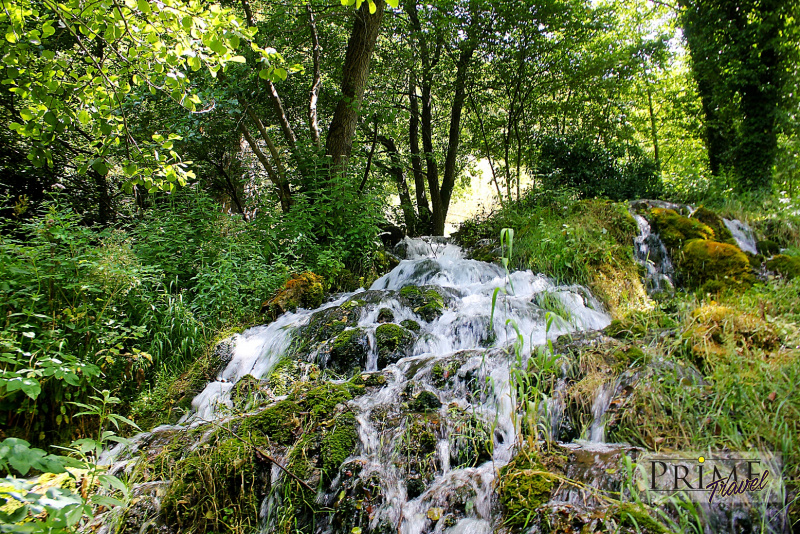
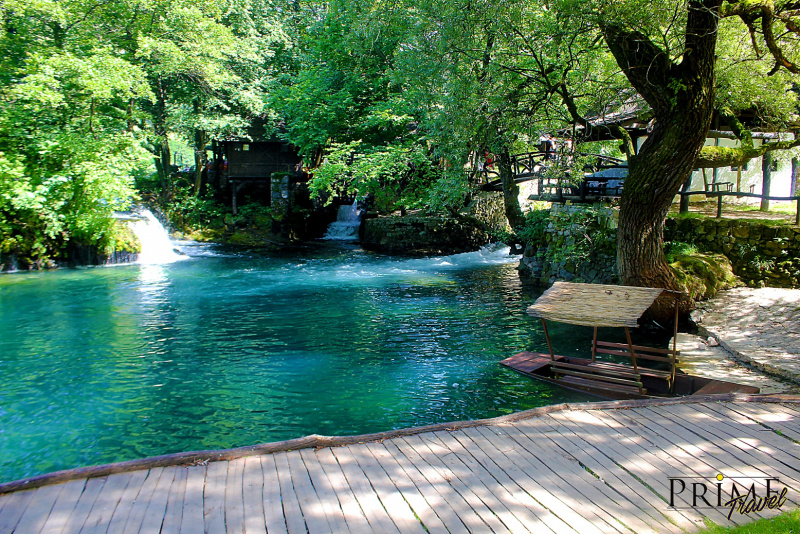
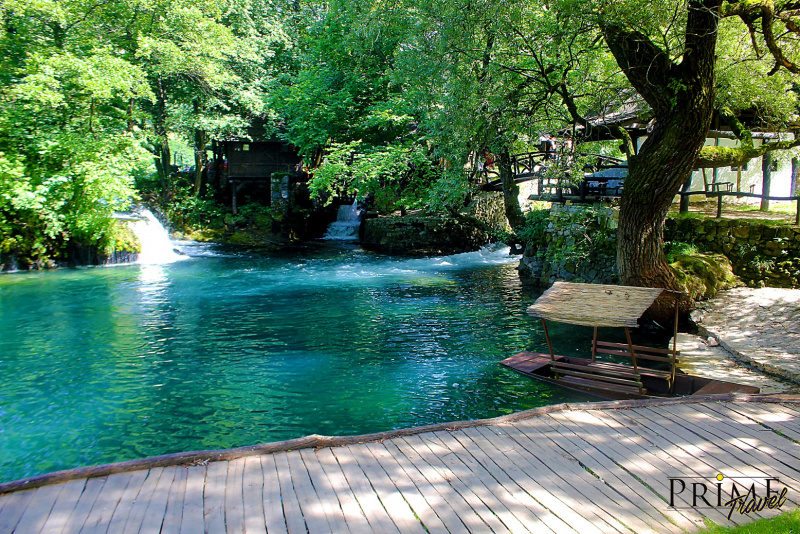
Price: Contact us
Sights you can visit in Bihac:
Captain's Tower
The tower is located in the lower part of Bihac, on the left bank of the river Una. Although it is one of the oldest buildings in Bihac, the construction year is not known. Most likely it was before 1697 years. In its vicinity there was a building for accommodation. With the arrival of the Austro-Hungarian Empire it was transformed into a prison and as such it remained until 1959 years.
In the seventies of the twentieth century, the tower has been restored and turned into a museum. It is an integral part of the historic parts of Bihac, which besides her also make the remains of the old water channel, St. Anthony, the tomb and the remains of the old Konak.
Althought it belongs among the oldest buildings of Bihac, Captain's tower has not found a date of birth. If her builders and users have not let those basic personal information for the sake of future generations, later historians have found approximately the time distance of origin: late Croatian and early Turkish period. Like many old buildings in Bihac, Captain's Tower has its own little history.
According to the theory H.Strauss in the book "Bihacs´ towers and ruins," Captain's tower was built in 1205 and was one of the four towers of which three were destroyed in 1201 - 1202. According to folk heritage which contains a kind of historical background, Captain's Tower, and fortified Bihac saved the Hungarian King Bela IV which were chased from faster Tatar horseman. In a sign of his royal gratitude Bela IV proclaimed Bihac as a free town and he orders to carve his symbol- a black raven in the stone facade of the tower.
With the arrival of the Austro-Hungarian Empire in these areas, the tower was converted into a prison or county jail. Since then, many years later when e Bihac completely got out of its walls and became an urban center, Captain's Tower was used exclusively as a prison until 1959, when it was handed to the use of regional museum workers.
The stone tomb
Right next to the Captain's Tower is the famous Bihac Stone tomb. The exact time of its occurrence has not been determined, but it is assumed that it was formed immediately after the enthronement of the new Austro-Hungarian authorities.
During the Ottomans rule at the site of the ruined Catholic church was located the first tomb made of wood. However when the new government started the construction of the church on the old foundations, it had to be destroyed, but on the location that is just a few meters away is built a new tomb of local stone bihacite. The move has satisfied the authorities of the Catholic and Muslim population of Bihac. There are several legends about its origin and about who is actually buried in it.
Mosque Fethija
Fethija mosque is located in Bihac it was originally a church of St. Anthon Padovanskog in 1266, made in the Gothic style and is one of the few European Islamic places of worship in the Gothic architectural style.
Todays Fethija mosque is considered as the oldest building in the Gothic style in Bosnia and Herzegovina.
The Church of St. Anthony
Construction of the church of St. Anthony started in 1885 and finished in 1894. It is believed to have been built at the site where the demolished medieval Bihac Church was. The Catholic Church in Bihac belongs to those sacral buildings whose types can meet around the northwestern part of the Croatian. It was built in neo-gothic style. Builders of the Church of St. Anthon Padovanskog made sure that this building has a strong spatial concept, but also not ignoring the increased use of decorative elements.
The look of the church was, for that time, more than impressive. Spatial she occupied about 900 m², with a high rectangular bell tower; besides the mosque Fethija and Captain tower she dominated over the city's urban core. Bihac church of St. Anthon has changed its earlier appearance, just before the World War II. Specifically, in 1941 the government ordered that the Orthodox church in the city must be demolished, and that the material from the destroyed Orthodox church must be used for reparation of the church. So they annexed another floor of the bell tower, and the church itself is extended in order to obtain the appearance of a cross.
The church transformed from the Gothic style to the basilica form and became one of the three largest churches in Bosnia and Herzegovina, long 58 meters. In 1943, aviation bomb attackers bombed the enemy crew in the city, they destroyed the church to the ground. It was on Cvjetnica on Sunday in 1943, while women, children and the elderly were at the Holy Maas. From this religious building remained only the high square bell tower that still resists the ravages of time, reminding today's generation to all the horrors of war.
Bihac walls
Bihaćka fortress, as "a bastion of the border" and the "key of Bosnia" was one of the largest and most important fortress of Bosnian eyalet and better kept in the Krajina area, throughout the Ottoman period.
Ten years after the Austro-Hungarian occupation in 1888, the Austrian authorities have demolished the walls of Bihac fortress, under the pretext of the need to expand the city. The Austro-Hungarian occupation interrupted the way of building inherited from the Ottoman period, both in terms of urban development concepts, as well as in terms of the organization of space used for building new facilities. Most of the buildings that were built during the Austro-Hungarian administration was modeled according to the cities of Central Europe, to the capital Vienna and Pest.